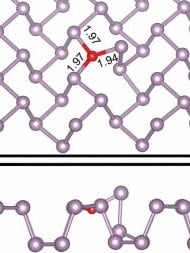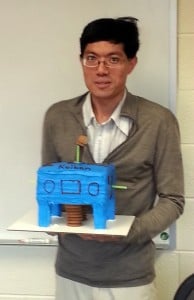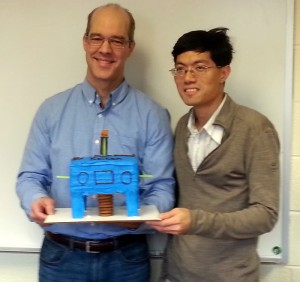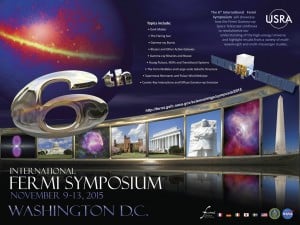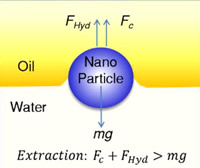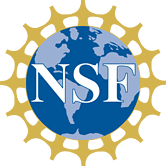 Raymond Shaw (Physics/EPSSI) is the principal investigator on a project that has received $120,339 research and development grant from the National Science Foundation.
Raymond Shaw (Physics/EPSSI) is the principal investigator on a project that has received $120,339 research and development grant from the National Science Foundation.
Will Cantrell (EPSSI) is the Co-PI on the project “EAGER: Exploring Aerosol Indirect Effects in a Laboratory Cloud Chamber.”
This is the first year of a potential two-year project totaling $243,869.


